With so many of us being forced to work from home, this has brought many changes to our economy, our priorities and our lifestyles. Not only is there a sudden interest in how to set up a home office, but other green lifestyle choices are popping up; like growing food at home, and safe transportation in terms of commuting by E bike as well as start-ups such as Sem-B Mobility electric on-demand buses offering more sustainable transit solutions.
Many of the workplace, transportation and lifestyle trends we are seeing are very encouraging, as we seem to have inadvertently transitioned to a low-carbon economy while we weren’t looking. And they said it couldn’t be done…
There is, however, one growing lifestyle and housing trend that could put a significant burden on greenbelts and small towns surrounding large urban centers, and that is from people looking for homes outside of the city as they persue a dream to move to the country.
A recent BOXpoll™ study conducted by Pitney Bowes revealed that one third of Americans are considering moving in the next 12 to 18 months, and, spoiler alert, it’s not downtown condos that people are eyeing, they are looking for space to move and breathe in their homestead in the countryside. Of those surveyed, 17% fully intend on moving, and 15% say they are undecided about their current location.
It’s no surprise of course that those most likely to be considering relocating are Generation Z young adults, Millennials, and residents of cities. The overall desire is to move outside urban cores to less densely populated areas.
This is a direct reflection of the changing dynamics in urban cores, as we see closed theatres and music venues, limited seating in restaurants, and a preponderance of people working from home. I think the question many people found themselves asking, is why am I living in a condo tower waiting for empty elevators so I can walk the deserted streets of my city?
House sales on the rise outside cities
You used to be able to count on your investment in a downtown property increasing in value, but that has ceased to be the case, at least for the moment. Homes for sale in rural areas are becoming harder to find, and prices are going up. And we all know that right on the heels of consumer demand, is always supply.
That means large chunks of undeveloped land suddenly become much more valuable, and the profit motivation for many landowners to begin development of dormant land is a little too enticing to pass up. And that, is where urban sprawl begins.
The greenest home is in the city
First, just to clear up a likely misconception - most people would be surprised to hear that the most eco-friendly home you can buy is not an off-grid home out in the woods where you grow your own food, it’s a condo on a downtown bus route.
Shared services such as water, power, sewage, roads, parks and transportation have a much lower impact on the environment than each of us setting up our own private systems and farmsteads in what was previously undisturbed wilderness.
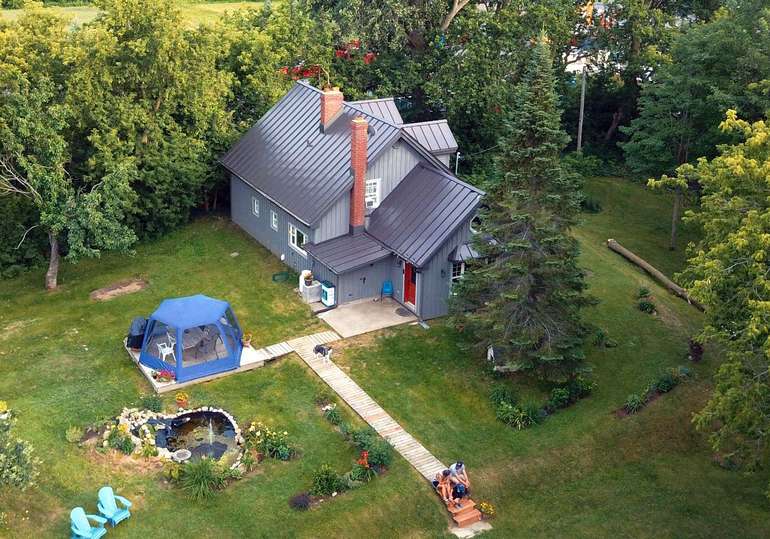
This is not to rip on rural living, it’s awesome, and we get it. Some of us even live it. The problem is that as rural living suddenly becomes more popular, it puts a heavy burden on lands and services (not to mention waterways), so it is best done with thoughtfulness and careful planning.
How to live green in the countryside
It is a reality that more people will want to live away from cities, so the key to that is creating well-designed communities with access to transportation and low carbon housing.
This of course begs the question, what is low carbon housing? Well…for new homes being built that would mean conducting a full carbon lifecycle analysis during home design, so that everything – and I mean everything – is on the table for design alterations to reduce the carbon foot print of homes. That means the size and design of homes, the materials selected, and the energy performance.
What is a low carbon home?
Every building has its own ‘embodied energy’ or ‘embodied carbon’, and that refers to the carbon released during material extraction, manufacturing and shipping of building materials in the beginning, as well as the energy required to heat and power it for the entirety of its functional life. An example of a carbon intensive home component would be a basement; the foundation for an average-sized house may require anywhere from 10 to 30 tons of concrete, releasing between 10 and 30 tons of carbon into the atmosphere.
Yes, one ton of concrete results in one ton of green house gas emissions, and it is the most commonly used building material on the planet. So how do we reduce that? Easy – build smaller homes, and homes with less concrete. No matter the size of your home, one way to reduce concrete is by choosing a slab on grade instead of a basement so that all you need is a concrete floor, and not 8-foot-high walls around the whole perimeter. On the bright side though, there are many low carbon concrete solutions coming to market, read more here.
All your other building material selections contribute to your personal carbon footprint as well, so choosing greener insulation such as dense-packed cellulose, hemp, or mineral wool, and selecting foam insulation with lower emissions will reduce carbon production. Choosing FSC certified sustainably harvested wood ensures you are sourcing from well managed forests and protecting the lungs of the planet, our forests.
Energy efficient prefab modular kit houses.
Yes, this probably comes as a surprise to many as you ask yourself, are kit houses considered a green home? That depends on how well they are made and the materials used. You can build junk houses in a manufacturing plant just as easily as all the junk houses being built in urban subdivisions, and you can build high end ones as well.
It’s just a matter of choosing a quality build over mass produced low-quality homes that are built to minimum standards to maximize profits. Sorry to get on a rant there, but it’s the truth. The true intention of building code is to offer homebuyers the security of knowing that there is at least some oversight and at least a minimum level of performance.
Code-built homes are the more expensive long term housing solution as it has been well-established that better insulated homes save money in the long run. But it's the homeowners that saves, and it does little for profits, so it's not often that developers choose the high performance route unless buyers demand it.
The houses being build today do not meet the challenges houses will face in the future, nor does the energy performance of code-built homes reflect our climate crisis and the urgent need to transition away from fossil fuel and a carbon-based economy.
In general, we are comfortable saying that in our experience as long time Eco Home builders , having been involved in the construction of countless high-performance site-built homes as well as LEED and Passive House-ready Prefab Kit homes, prefab houses can be more affordable and more energy efficient than site-built homes for a number of reasons.
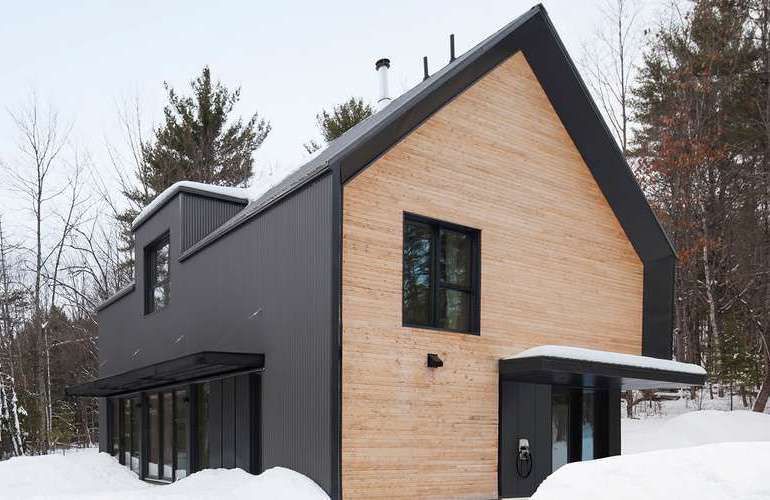
First, building in the controlled atmosphere of a manufacturing facility speeds up work as you are not battling weather, you know where your tools are, materials are organized, dry and easy to find. Scaffolding rolls easily on a floor, making it safer and quicker to build homes than on uneven muddy ground exposed to the elements.
Quality of workmanship: along with sufficient and properly installed insulation, one of the most important features of a home in reducing energy consumption, is having a properly installed and effective air barrier.
Air leakage can be responsible for as much as a third of energy losses from a home due to hot air escaping through the smallest of holes. Again, having a clean indoor facility can make it easier to accomplish any task effectively, including properly air sealing walls.
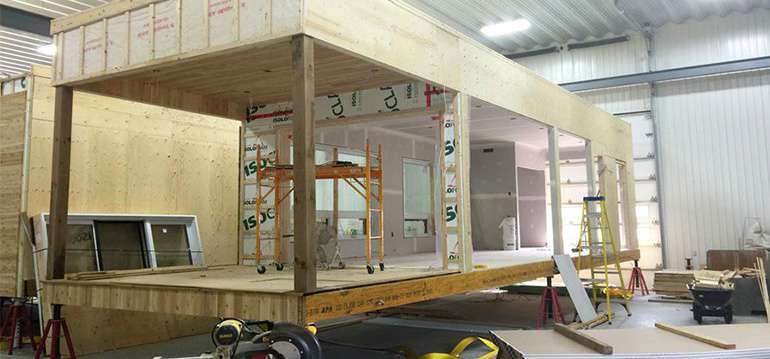
Prefab houses go up faster than site-built homes.
We have said before and will again, we believe the concept of having materials such as lumber, insulation and drywall being delivered to a building site and assembled in place will in time be nothing but folklore we tell our grandchildren. You don’t have the parts of a car delivered so they can sit in the rain waiting for you to assemble it in your laneway, so why would you do that with a house?
Whether that is a completed prefab home arriving on a truck, or premade prefab wall panels to be raised on site, prefabricated homes are taking a large chunk of the market, for good reason, and that is only poised to increase.
Now you know more about moving away from cities and how to live a green lifestyle in the country. Find more pages about sustainable construction and how to reduce carbon emissions on the pages below and in the EcoHome Green Building Guide pages.
Find more about green home construction and reap the benefits of a free Ecohome Network Membership here. |
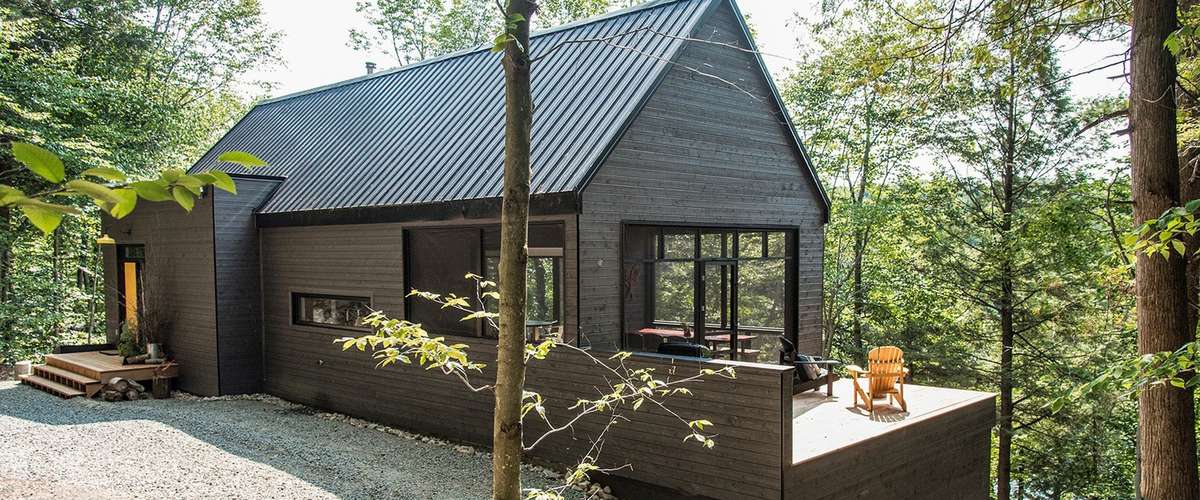















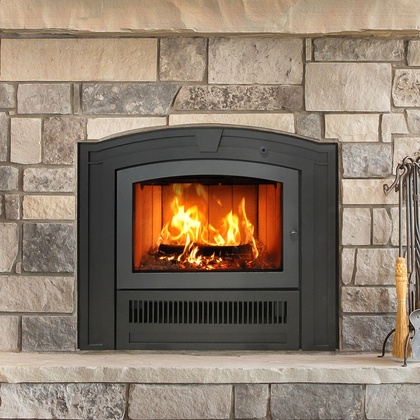

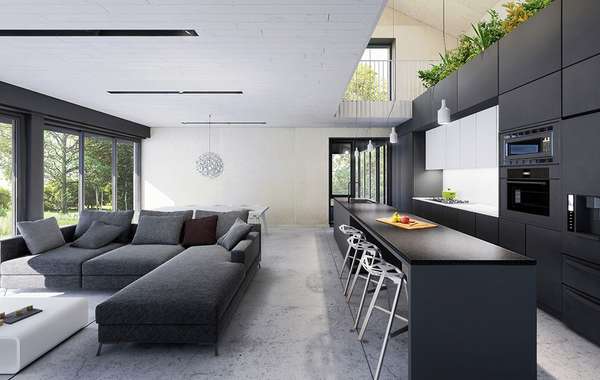
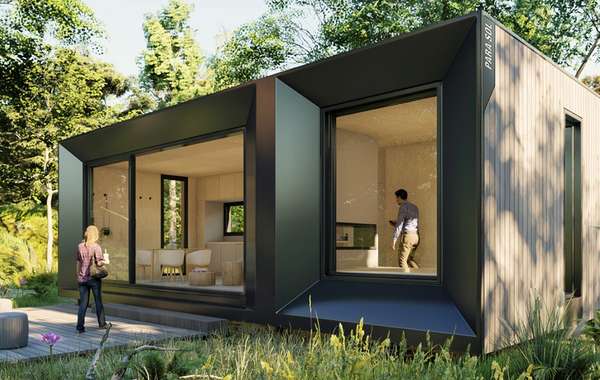
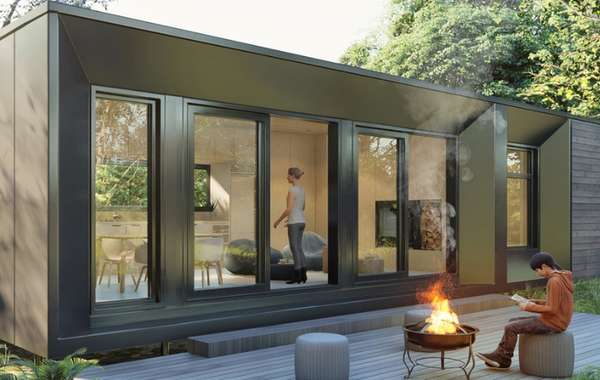
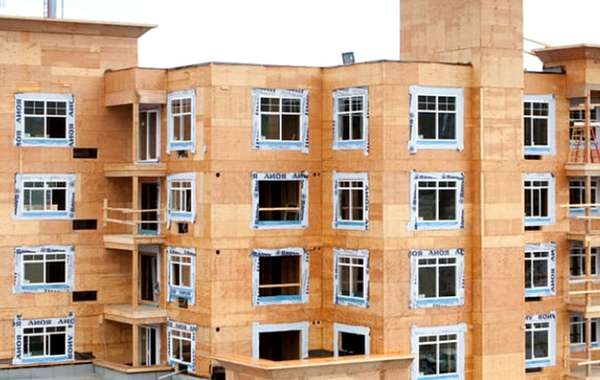
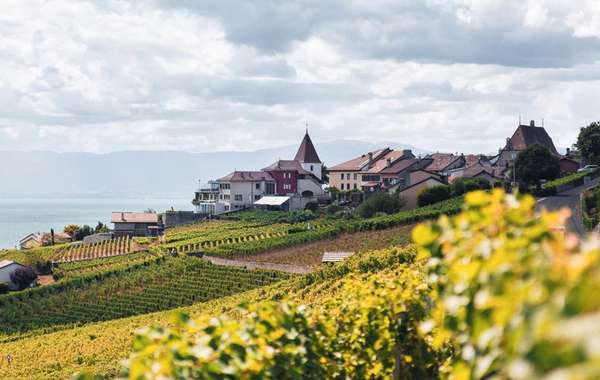
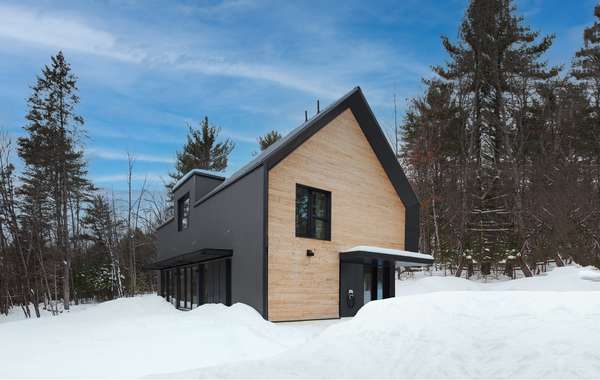
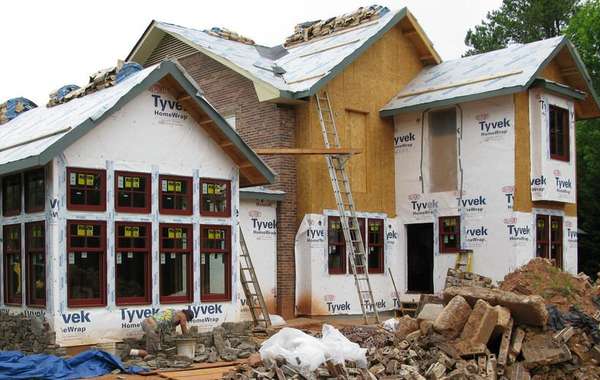
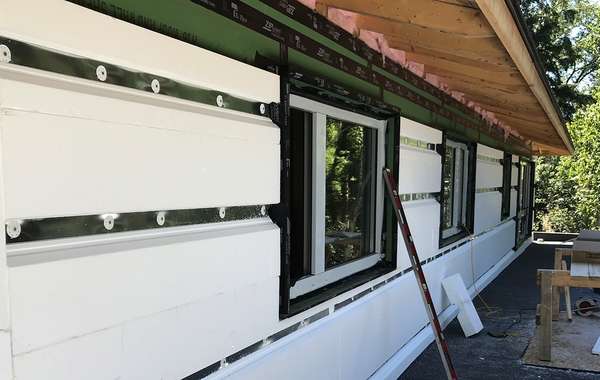
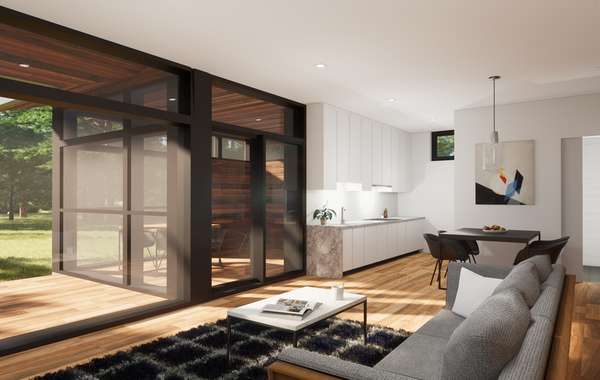
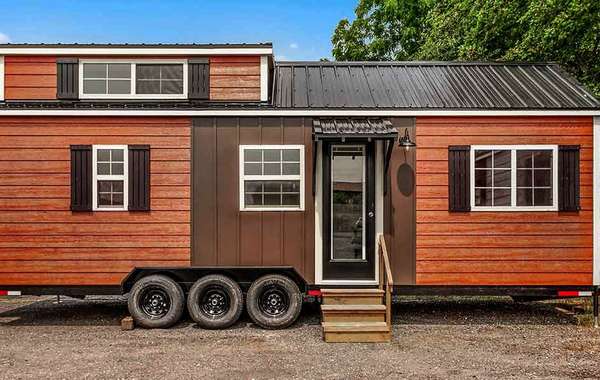
The discussion of concrete here makes it sound like carbon dioxide is released from it. But the real carbon release comes from the processing of cement which requires very high heat, currently from coal. Cement makers are aware of this problem and some are looking for an alternative to coal to create the high temperatures required for production. We rely on cement for concrete production too much not to do something. At least we can use hemp for insulation because it absorbs carbon. We should also work on preventing whale slaughter. Whales produce phytoplankton which makes 70% of the world's oxygen in its respiration of carbon dioxide.